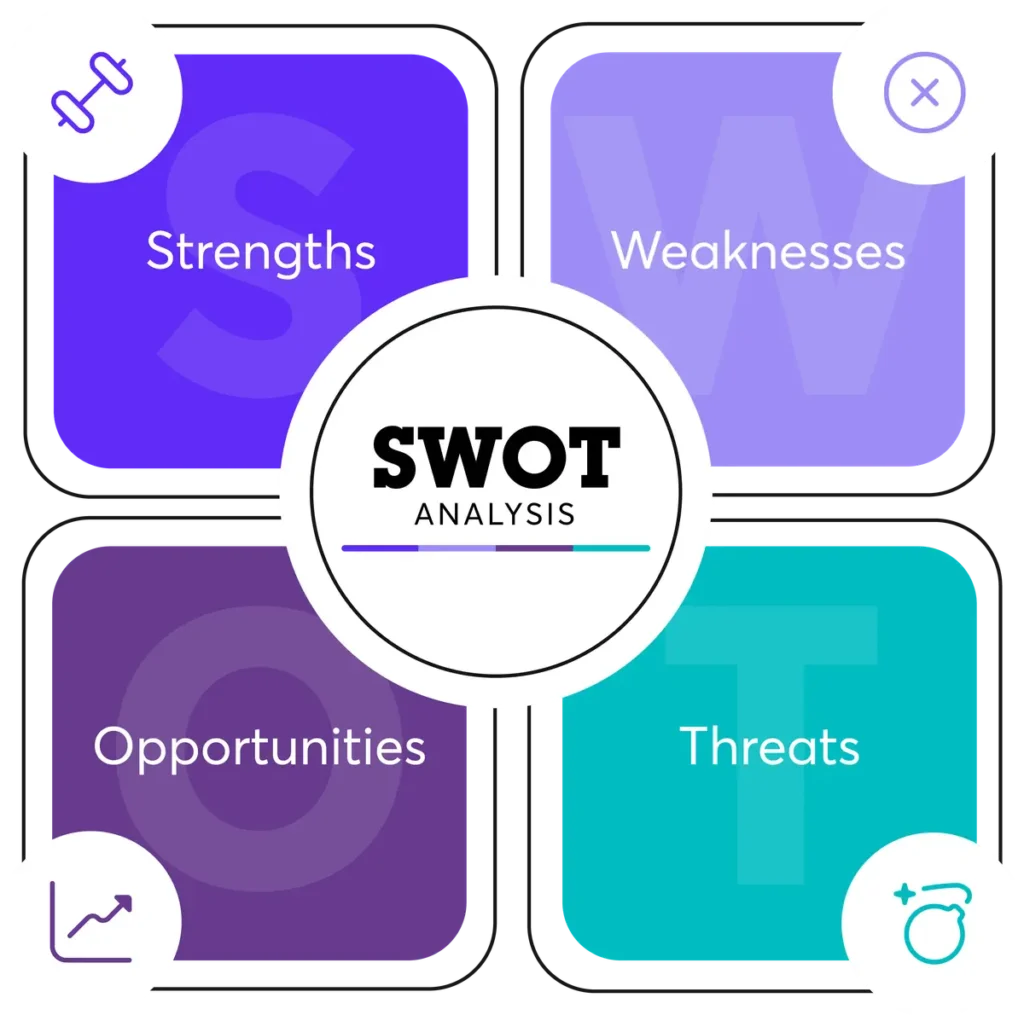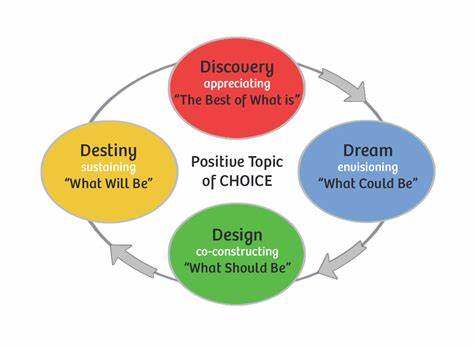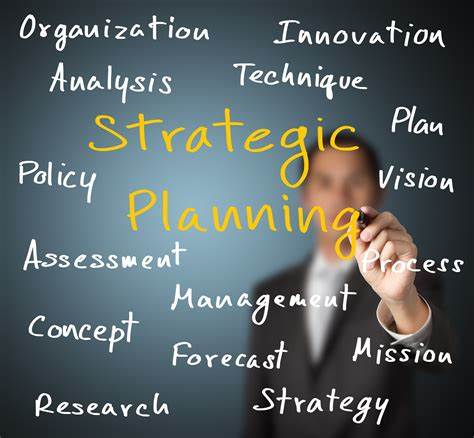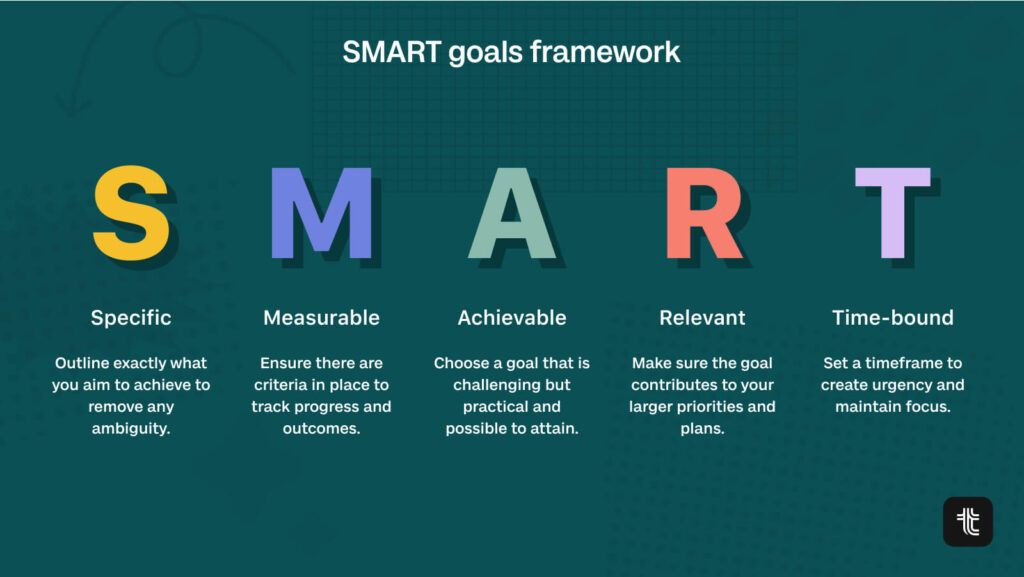What is Strategic Planning

Strategic planning is an essential and inclusive process that results in a comprehensive document that articulates the nonprofit vision and mission in clear statements, describes the organization’s values, and elaborates on the organization’s goals, strategies and action plans.
Research suggests that nonprofit organizations are most successful when there is a formal strategic planning process coupled with performance and effectiveness measures. Yet, almost half of nonprofit organizations don’t have a strategic plan; even fewer organizations implement their plans in their daily work. Making an impact on community needs and providing solutions to community challenges rests on an effective strategic plan; a plan that empowers individuals, engages the organizations, and directs resources for the greatest impact.
Strategic planning clarifies the mission, vision, and values of an organization and allows organizations to set meaningful goals that are aligned with their values. A strategic plan informs decisions and identifies the best use of available resources. Importantly, the strategic planning process builds engagement among the Board and staff, while establishing clear communication pathways and a unified set of goals.
Why Is Strategic Planning Important for Nonprofits?

Nonprofit organizations face unprecedented and increasingly complex challenges. There is increasing political polarization in the world which, coupled with compassion fatigue, hinders donations and volunteer services. Complex challenges such as rising levels of immigration are interrelated with other complex challenges like global climate change. At the same time, clients and communities are struggling with increased economic and social pressures. There is both a greater need for nonprofit organizations and fewer resources to support nonprofits.
Running a nonprofit organization isn’t easy. Many nonprofits operate on lean budgets. Leaders wear multiple hats. Staff are often overwhelmed, filling multiple roles to meet program deliverables (and secure that next grant). Board members are volunteers, often with their own careers to manage. Adding strategic planning to an already overloaded staff can feel overwhelming. Strategic planning does require both financial resources and an investment of time from staff and board leadership. However, the benefits of a strategic plan — enhanced effectiveness and increased sustainability — far outweigh the costs.
Strategic Planning Approaches
Among the various approaches to strategic business planning, three prominent methods are SWOT (strengths, weaknesses, opportunities, threats), SCOPE (stakeholders, context, objectives, processes, evaluation) planning, and appreciative inquiry.

S.W.O.T. Strengths, Weaknesses, Opportunities & Threats
S.W.O.T. analysis is one of the most widely used methods for strategic planning, offering a clear-cut framework for identifying internal and external factors that can impact an organization. It’s particularly useful for both situational analysis and long-term business planning.
A S.W.O.T analysis begins with an identification of your organization’s strong points and determining the areas that need to improve. A S.W.O.T analysis examines the external factors that could be advantageous while also determining external risks that could impact your organization. The benefit of a S.W.O.T analysis rests on its comprehensive approach. A S.W.O.T analysis is well-known, easy to understand, and can be applied to virtually any organization.
S.C.O.P.E. Stakeholders, Context, Objectives, Processes and Evaluation
S.C.O.P.E. planning is a structured approach that focuses on aligning the organization’s objectives with its stakeholders’ needs and external context. S.C.O.P.E stands for stakeholders, context, objectives, processes, and evaluation. This method is particularly effective for organizations that operate in complex environments. This method involves all relevant stakeholders and analyzes the external context to consider economic, social, technological, and political factors. A S.C.O.P.E. analysis defines clear, measurable objectives and ensures they’re aligned with your organization’s mission and stakeholder expectations. The next step outlines the processes needed to achieve these objectives, including resources, timelines, and responsibilities. The last step establishes metrics to evaluate success and regularly review and adjust strategies based on performance data.
A SCOPE analysis is comprehensive yet structured. However, as an approach to strategic planning, it’s less well known and more time-consuming, making it difficult to implement.

What Is Appreciative Inquiry?
Appreciative inquiry is, at its heart, a philosophy that begins with the fundamental belief that in all organizations, something works; appreciative inquiry seeks to uncover what is working and then expand those strengths to other parts of the organization. Appreciative inquiry isn’t unrealistic optimism but believes that by focusing on the best parts of the past, we can create the future we want. Appreciative inquiry reframes the study of problems into the study of successes, offers a new language to allow open communication about challenges and difficulties, and catalyzes creativity through participation. Within the framework of appreciative inquiry, strategic planning is a four-part process:
Phase 1 – Inquire
The first phase establishes the relationships, develops understanding of success, and identifies the best of previous practices to build on this success. This phase is part of the pre-work of strategic planning and begins with surveys, focus groups, and shared information.
Phase 2 – Imagine
The second phase of appreciative inquiry engages participants in envisioning a future and developing a consensus around the mission, goals, and aspirations of the organization. Ideally, this phase begins during the pre-work and culminates with a consensus model on the first day of the strategic planning retreat.
Phase 3 – Innovate
Within this phase, participants focus on translating the vision into reality by generating innovative ideas and concrete goals and objectives. Part of this phase is committing to action steps and developing an accountability system that includes frequent and regular accountability meetings. The innovation phase occurs during the second day of the strategic planning retreat.
Phase 4 – Implement
Successfully implementing a strategic plan requires a commitment to accountability — the ability to self-reflect on progress towards goals, while also maintaining learning, celebrating successes, and identifying the next cycles of affirmative topics and appreciative inquiry. This process begins with reviewing the strategic plan, modifying this plan, and choosing an accountability strategy.
The 8 Components of a Strategic Plan

A strategic plan is best created in collaboration with staff, clients, community partners, and the board of directors. Collaborative planning requires active engagement, asking critical questions, clarifying differing perspectives, and building consensus around the strategic plan.
The strategic plan begins with creating a mission and vision statements while articulating the organization’s values. A comprehensive strategic plan will then establish SMARTEST goals with measurable outcomes that illustrate the positive impact of the organization. A comprehensive strategic plan typically includes eight key components.
- Executive Summary
- Mission statement (Your “why”)
- Vision (Future-oriented)
- Mission (What you do)
- Values (The heart of your organization)
- SMARTEST goals
- Strategies: Action plans and responsibilities
- Accountability strategies
Executive Summary
The executive summary provides a high-level overview of the strategic plan, including the vision and mission statement, values, and summary of the key goals. Generally, this is written last and shared widely with community partners, board of directors, clients, and staff.

Mission Statement
The mission statement, vision statement, and core values are key concepts that are used interchangeably, yet it’s important to distinguish between these concepts. A mission statement is a statement of your purpose and is oriented to the present.
For a for-profit business, the mission is what product is made, to whom it is sold, and the profit derived. A mission statement for a for-profit business often moves beyond sales to encompass an overarching belief that this product benefits customers. For nonprofit organizations, the mission statement is about how you impact your clients and community.
Vision Statement
Your vision statement declares how your organization sees your community in the future and how your organization will contribute to that future ideal. The vision statement is who you want your organization to be and what the world will look like if you succeed. A vision statement is future-oriented. Simon Sinek provides a clear description of creating an inspiring vision statement.
Values
Your nonprofit organization will delineate and define its core values. Values are the guiding principles of your organization, which help drive decisions. Values often enable open communication by enhancing compatibility and setting clear expectations. Teams with aligned values are often empowered and engaging.
Organizations often have multiple and sometimes competing values. The most common competing value is an ethic of working overtime to positively impact the community which competes with the value of ensuring your employees’ mental wellness and work-life balance. It’s important to understand your core values and your competing values. Organizations have a three-fold task when determining values: 1) Outlining the implicit values, 2) elaborating the explicit values, and 3) identifying competing values.
Articulating your mission and vision statement and clarifying your values enables you to establish your goals and action plans, including measurements of success.

SMART goals are:
- Specific (What exactly is the goal?)
- Measurable (How will we know that we’re making progress? How will we know we’ve reached the goal?)
- Attainable (Can we get this done?)
- Relevant (Does it matter?)
- Time-bound (Does it have one or more due dates?)
There are two key components to SMART goals often missed by nonprofit organizations. Measuring specific goals within the context of a for-profit business is relatively straightforward. Measuring an increase in the customer base, an increase in revenue, or an increase in the return on investment (ROI) is a matter of tracking already available data. Measuring the impact on the community is more complex. Despite the complexity, outcomes are measurable but often require configuring and customizing a database. For nonprofit organizations, a goal’s measurement will be written in the following format:
(XX percent of clients will enhance their quality of life, as measured by Quality-of-Life Measurement provided at intake and end of service.
The second misunderstood aspect is attainable. Determining whether a goal is attainable requires an in-depth and accurate analysis of the current external and internal resources and challenges. Many nonprofit organizations neglect organizational assessment when planning.
Beyond S.M.A.R.T. Goals to S.M.A.R.T.E.S.T. Goals
Research on the science of setting and reaching goals tells us that the best goals go beyond S.M.A.R.T. goals to S.M.A.R.T.E.S.T. The added three letters further enable nonprofit organizations to meet their goals and improve their communities.
- Educational (What will you learn working toward this goal?)
- Significant (Why do you care about this goal?)
- Toward (Does the goal describe something you want?)
The educational aspect, with its emphasis on learning, both encourages and requires a growth mindset. According to Carol Dweck, a growth mindset is critical when striving for a challenging and rewarding goal. People with a growth mindset believe that effort shapes success, rather than innate capabilities. An important aspect of a growth mindset is seeking deliberative feedback. Effort without deliberative feedback isn’t enough. Deliberative feedback goes beyond rewarding effort and emphasizes trying new strategies when setbacks occur. Incorporating and emphasizing learning during a strategic process promotes open communication, honest feedback, and resilience to overcome obstacles.
Significant is the second S in SMARTEST. For nonprofit organizations, the emotional aspect of a goal is often evident in the mission and vision of the nonprofit. Yet, this significance can be lost in the day-to-day work of a nonprofit. An important task for nonprofit strategic planning is connecting the emotional motivation of the goals to the daily tasks. Sometimes, this means articulating the relationship between goals and tasks, while other times, it entails restructuring the daily tasks. This is where an organizational self-assessment will help.
Goals to reduce or eliminate what we do not want are often less effective than goals that move an organization toward what is wanted. A goal of reducing paperwork is less likely to be successful than a goal of streamlining paperwork for more impactful outcomes.

3 Steps to Strategic Planning
Many organizations think of a nonprofit strategic planning process as an annual two-day retreat, but the best path to follow is a four-part process that encompasses the following strategic planning model:
- Pre-planning
- Strategic planning retreat
- Writing a strategic plan through a consensus process
Pre-Planning
Planning work focuses on an organizational self-assessment accomplished through a review of the organization’s documents and data, along with surveys and focus groups. Part of this pre-planning work entails making new connections between the board of directors, leadership, staff members, and community partners.
Organizational self-assessment is essential to planning, yet it’s often the most neglected. An organizational assessment is part of the preparation process and can be done in-house. Many nonprofits choose to work with a consultant for their strategic planning. This enables board and staff leadership to focus on strategy rather than running a planning process. It’s also especially helpful to have a skilled consultant who can advise on how to best engage staff members. As a neutral third party, consultants can garner unexpected insights from staff and other stakeholders through surveys, one-on-one interviews, and focus groups.
The organizational assessment will focus on current daily tasks, planned initiatives, the current mission statement, potential changes to the mission statement, the strengths of the organization, areas to improve, and potential next steps.
Pre-planning notes and analysis will be compiled into a written document and distributed to all participants. This first planning document will structure the conversations at the retreat.
Lorem ipsum dolor sit amet, consectetur adipiscing elit. Ut elit tellus, luctus nec ullamcorper mattis, pulvinar dapibus leo.

The Strategic Planning Retreat
The primary goals of the strategic planning retreat are to shape the future direction of the nonprofit and collaboratively develop foundational elements, including the mission statement, vision statement, core values, strategic goals, and accountability measures. The end of the retreat should result in a shared commitment to the organization’s sustainability. The specific goal, for the end of the retreat is to have:
● A clear and compelling mission statement
● A visionary and inspiring vision statement
● Defined core values that reflect your organizational culture
● Strategic goals aligned with our mission and vision
● Accountability measures to track your progress and ensure success
The strategic planning retreat usually occurs within a three-day window, with the first day dedicated to creating a shared mission and vision statement, along with values and shared achievable goals. A combination of short presentations on best practices with examples, small group work, and large group brainstorming are effective for crafting the mission, vision, and values of the organization.
The second day of the planning retreat can focus on establishing abstract and overarching goals and translating those goals into attainable objectives and a clearly defined action plan. Writing, choosing, and working out strategic priorities can occur through small groups, large groups, and a voting process.
For the third day of the strategic planning retreat, participants will discuss an accountability strategy. The Four Disciplines of Execution provides effective strategies to measure goals and impacts through scoreboards and accountability meetings.

The Strategic Plan: A Living Document
Whether you engage an external consultant or assign to a team, the strategic plan needs to be crafted into an accessible document, one that is visually appealing and easy to reference. Often, an executive strategy accompanies a longer strategic plan. Further, capturing the highlights of the strategic plan can be displayed as a poster in a prominent shared location.
The writing of the strategic plan will encompass a draft, a request for comments and modifications, and a revision of the draft. Limiting the revision process to two times ensures a streamlined process yet allows for transparency and stakeholders’ input.
How Sunshine Nonprofit Solutions Can Help
Our team at Sunshine Nonprofit Solutions can help your team establish a blueprint for your business. We’ll help you create clear and specific goals that get you closer to your mission so you can better serve your community through every action your team takes. This assistance with your nonprofit management can set your team up for further success and less stress for years to come.
Get started by booking a 30-minute meeting today. We can’t wait to talk with you about your nonprofit strategic plan and nonprofit strategy as a whole!
